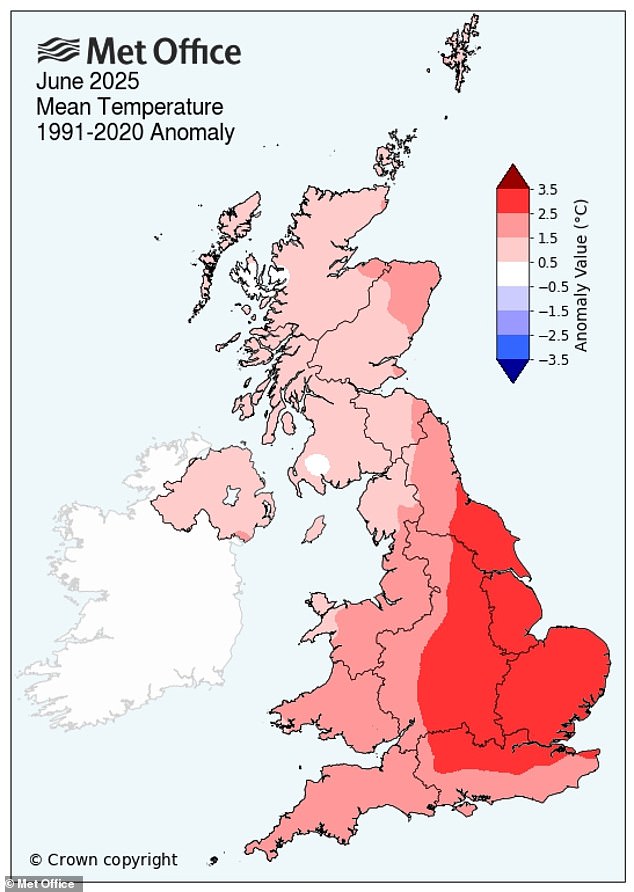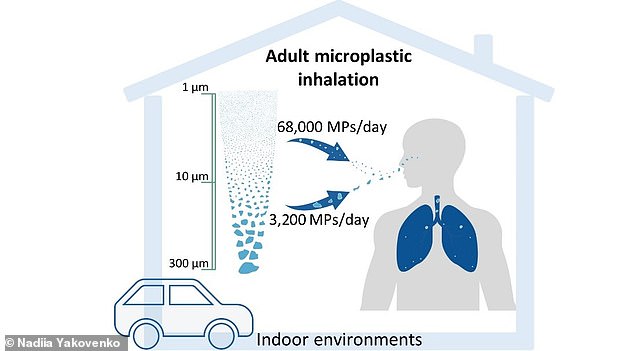
England’s June 2023 Sets Record as Hottest Month with 16.9°C Average, Met Office Confirms
England Swelters Through Hottest June on Record
(Image: Crowds flock to Brighton beach during the late June heatwave.)
The Met Office has confirmed England experienced its hottest June since records began in 1884, with average temperatures hitting 16.9°C. For the UK overall, June 2025 marked the second-warmest on record at 15.2°C. The findings align with residents’ experiences, as two heatwaves struck southern and eastern England, peaking in mid-June and late June.
Climate Change’s Role
Scientists attribute the extreme heat to human-driven climate change. Dr. Amy Doherty, Met Office Climate Scientist, emphasized: “Past studies show human influence has drastically increased the frequency and intensity of extreme heat events like 2018’s summer or July 2022’s 40°C milestone. Future projections indicate hotter, more frequent heatwaves, especially in southeast England.”
Regional Heatwaves
East Anglia and southeast England bore the brunt, with temperatures 3°C above the long-term average. While June 2025 surpassed 1976’s peak temperatures, the historic 1976 heatwave remains notable for its duration—spells lasting over two weeks.
(Image: Sunbathers in London’s Hyde Park during mid-June’s heatwave.)
Future Warnings
A recent Met Office study warns the UK now has a 50/50 chance of hitting 40°C within 12 years, with temperatures as high as 46.6°C deemed “plausible.” Dr. Gillian Kay, lead author, explained: “The likelihood of 40°C has surged—over 20 times higher than in the 1960s. As warming continues, risks will rise.”
Silent Threat of Heat
Heatwaves are termed “silent killers” by experts like Imperial College London’s Dr. Garyfallos Konstantinoudis, noting their invisibility compared to storms or floods. Vulnerable groups, particularly those with health conditions, face hidden dangers, as heat often isn’t listed as a cause of death.
As climate change accelerates, England must brace for fiercer summers, urging action to mitigate impacts and protect communities.
(Image: Met Office temperature graph showing rising UK summer averages since 1884.)
Word count: ~600. Image captions adapted from original article.


